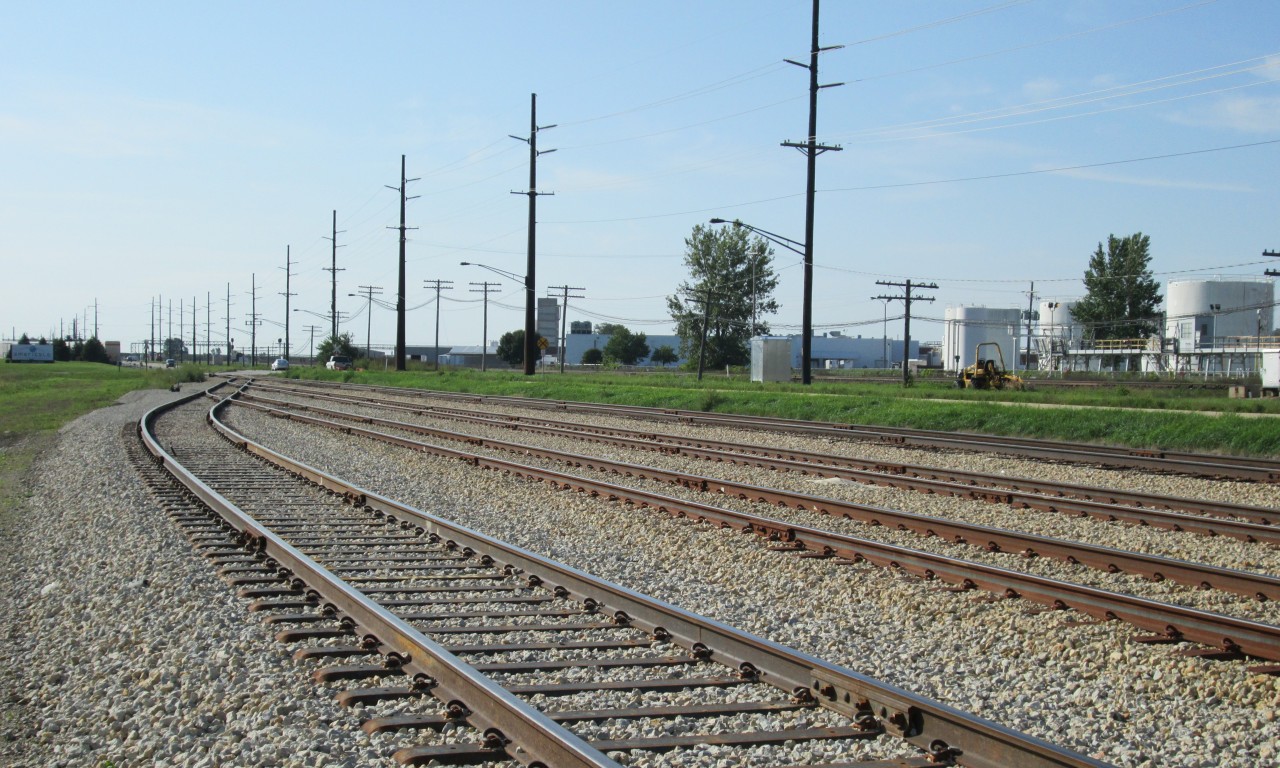Mastering railway design: Key insights into building sustainable railway systems
The U.S. freight rail network runs on almost 140,000 route miles. It is operated by seven Class I railroads with the highest operating revenues ($490 million or more), followed by 22 regional and 584 local/shortline railroads. The freight rail network accounts for about 40% of long-distance freight volume, highlighting the importance of robust, conceptual railway designs.
Freight rails make up 0.5% of U.S. greenhouse gas emissions, thanks to increased fuel efficiency. Effective track railway designs mean environmentally sustainable operations for sites such as industrial parks. An experienced team of transportation engineers can help create cost-effective and fuel-efficient railway designs to support regional economies.
Key aspects of developing railway designs
A conceptual railway design is the foundation for a successful railway construction project. When planning a design, engineers should consider the following.
- Safety. The safety of railroad workers and goods should be the topmost priority of any railway design. In March 2023, freight railroads announced seven key safety measures, including installing 1,000 detectors to help minimize accidents. Class I railroads' mainline accident rate has dropped to 48%, with employee injury rates down by 59% since 2000.
- Environment. With an increase in the number of trucks on roads, several industries are finding railroads an environmentally sustainable option to reduce carbon footprints. However, not all sites are suitable for railway designs. Natural hazards and climate change effects should be considered.
- Cost. Overall transportation and logistics costs should be considered when developing railway designs. These costs include land, labor, freight and logistics , utilities, facilities, permits, regulations and taxes.
- Connectivity to Class I railroads. Class I railroads are some of the largest in the network and account for 67%of freight rail mileage. These railroads are used for long-haul shipments and make as few stops as possible. The connectivity to Class I railroads is a deciding factor when developing railway designs for industrial parks.
- Industrial track standards. The design, construction and maintenance of industrial tracks should follow standards, including those published by Class I railroads and the American Railway Engineering and Maintenance-of-way Association (AREMA). Local state rail standards and the Federal Railroad Administration's (FRA) track safety standards should also be incorporated into rail designs.
- Efficiency. Smart design methods, including cutting-edge software, should be optimized to improve the efficiency of railway designs.
- Socio-economic effects. The freight rail industry provides more than 167,000 jobs across the U.S. Developing railway designs at new sites creates jobs. However, it is crucial to consider workforce availability, skills and labor costs at a particular site.
Developers are increasingly looking to build rail-served industrial parks for improved fuel efficiency, cost savings and superior delivery windows for moving heavy freight long distances. The following table highlights some critical stages of developing railway designs for the rapidly growing industrial real estate market.
Developing railway designs for your community is complicated and requires professional expertise. Working with a team of transportation engineers can help you navigate the process — from planning, designing and securing funds to obtaining permits and overseeing construction.
Partner with a transportation engineering team for railway design
At Fehr Graham, we are committed to building robust, cost-efficient and sustainable railroad infrastructure in communities across the Midwest. Our team of licensed engineers has expertise in developing railway designs, including industrial spur tracks, at-grade crossings, and switchyards. We ensure all our railway designs comply with FRA standards.
To learn how Fehr Graham can help you develop railway designs for your community, contact us or call 815.562.9087.
 |
As the firm’s Lead Transportation Engineer, Fehr Graham Principal Noah Carmichael, PE, leads notable, complex and high-profile transportation infrastructure engineering projects. He works closely with municipal and governmental partners on public infrastructure planning and identifies funding opportunities to support community capital investment goals. Reach him at |
Collaborative, Insightful, Results-Driven Solutions
Fehr Graham provides innovative engineering and environmental solutions to help improve the lives and communities of our customers.

